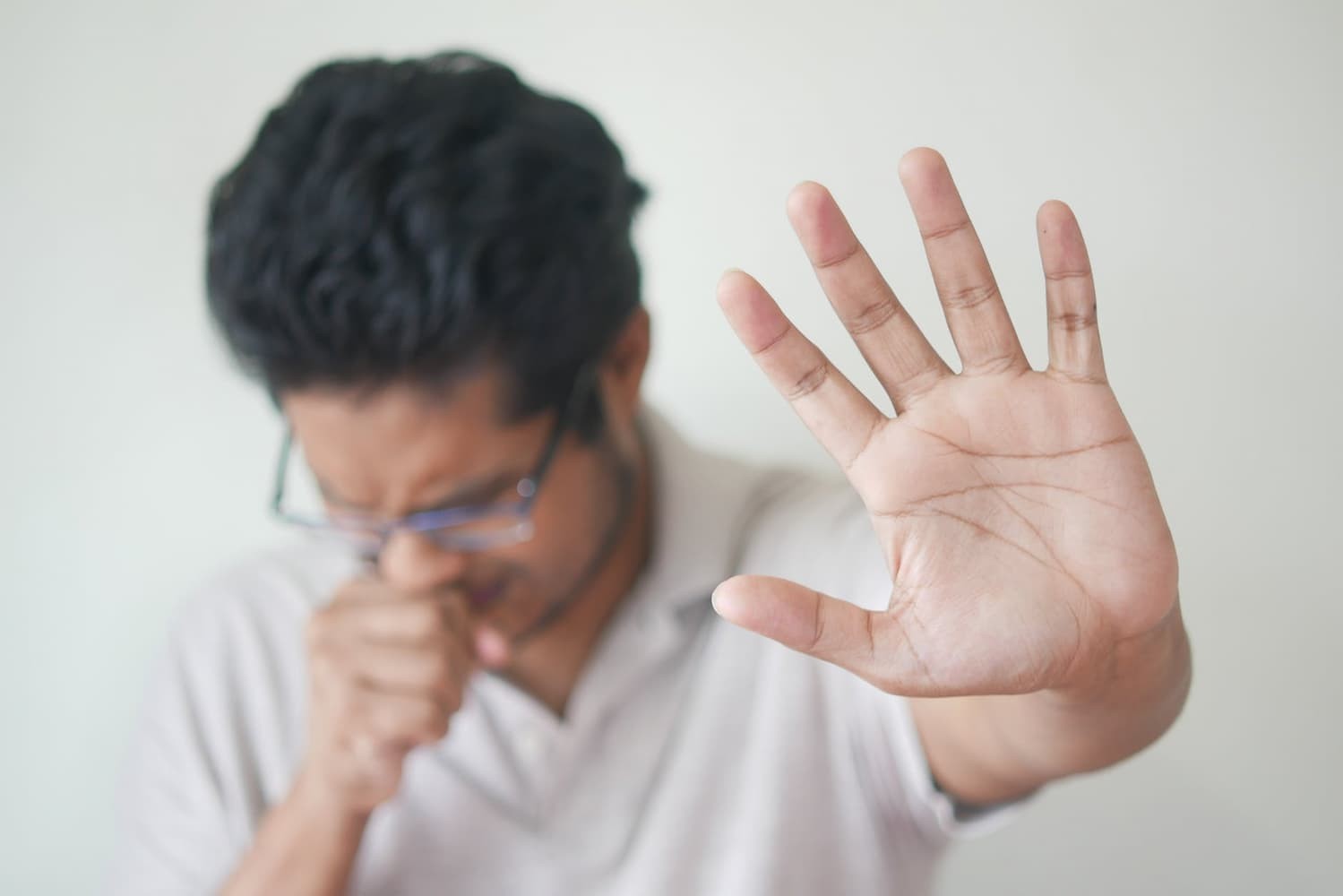
According to the World Health Organization (WHO), the global tuberculosis mortality rate grew to 1.5 million in 2020, up from 1.4 million the previous year. The onset of the COVID-19 pandemic was among the primary contributors of the rise in cases in that year. Although it's more common in adults and the elderly, tuberculosis is an infectious disease that can affect anyone, even newborns.
There are several challenges tuberculosis programs face in their efforts to control the disease. Some of these include: limited resources, weakened health systems due to conflict or HIV/AIDS, inadequate human resources, drug-resistant strains, and the potential for epidemics. By taking part in World Tuberculosis Day 2022 on 24 March, you can take action to advance the global tuberculosis response.
What is Tuberculosis?
Tuberculosis, commonly known as TB, is a serious but curable disease caused by bacteria that are spread from person to person through the air. When an infected person coughs, sneezes, sings or talks, they expel tiny germ-containing droplets into the air. If another person inhales these droplets, it may result in an infection.
Those at risk of infections include:
- People living with HIV/AIDS
- Residents and employees of high-risk congregate settings (such as correctional facilities)
- People who inject illicit drugs
- Homeless populations
- Homosexual men
- Children younger than five years old
- Older adults over age 65
- Immigrants and refugees
What are the Symptoms of Tuberculosis?
Tuberculosis can affect any part of the body, including the brain, liver and kidneys, though 85% of cases involve the lungs. The nature or type of TB determines the disease's symptoms. Active tuberculosis is an active disease that exhibits symptoms and can spread to others, whereas latent tuberculosis is a dormant TB bacteria in your body that causes no symptoms.
The most common symptoms of TB include:
- Persistent cough for more than two weeks
- Cough with blood or rust-coloured sputum
- Chest pain
- Night sweats
- Loss of appetite and sudden weight loss
- Chills
- Fever
- Abdominal pain (for abdominal tuberculosis)
Additional symptoms could be due to other infections such as HIV or AIDS. It is important to note that a bacterial infection does not always lead to active tuberculosis, but latent infections can evolve into an active infection, otherwise known as secondary tuberculosis, if left untreated.
Although exposure to tuberculosis infections does not automatically lead to death, it can cause a slew of health issues if not addressed immediately. Some of the complications of tuberculosis include heart diseases, chronic back pain, liver or kidney problems, and meningitis, among others.
Source: Positive Parenting
Why is World Tuberculosis Day Observed in March?
World Tuberculosis Day is observed annually to commemorate the day in 1882 when Dr Robert Koch discovered Mycobacterium tuberculosis, the bacterium that causes tuberculosis infection. His breakthrough paved the way for research into disease diagnosis and treatment processes.
This year's World Tuberculosis Day theme is "Invest to End TB," with the goal of encouraging everyone to step up and take action to end the disease's devastating health and economic consequences, and achieve a TB-free world.
How Can You Get Involved in the Fight Against Tuberculosis?
The thing about tuberculosis is that it doesn't affect one person or country only. It's an infectious disease that affects us all, but together we have the power to make a difference. How, you ask? You can join organisations working hard every day to end tuberculosis or donate money or supplies.
You can also speak up and let the world know tuberculosis is a serious threat by taking to social media and sharing your support for the cause of World Tuberculosis Day. Here are other ways you can contribute to ongoing tuberculosis research and make a difference in the lives of tuberculosis patients:
- Tell everyone you know that tuberculosis needs attention and who knows, someone might want to help out too
- Invest in stopping tuberculosis around the globe by starting a fundraising page.
- Get involved with conversations about tuberculosis and follow the social media pages of organisations that are dead set on ending the ordeal of people with tuberculosis.
- Create and share a blog post or video about World Tuberculosis Day on Facebook, Twitter, or anywhere else on social media so others can join in on the conversation too.
How Can Tuberculosis be Prevented?
The manner in which tuberculosis can be controlled depends on case detection and treatment of infectious cases as well as preventive therapy for those at risk of developing active disease in the future. The tuberculosis vaccine, known as Bacillus Calmette-Guerin (BCG), can prevent tuberculosis in children younger than five years old who are at greatest risk of getting the disease. However, BCG vaccination cannot protect against tuberculosis in adults or adolescents.
Although tuberculosis is treatable, it is a recurrent disease, thus it is critical to take the required precautions, such as having frequent check-ups and chest x-rays.
Additionally, there are natural therapies available to prevent this infectious killer. Because the disease attacks the immune systems of people who are susceptible to it, it's crucial to maintain a healthy diet and lifestyle.
Natural supplements that strengthen the immune system and kill tuberculosis-causing bacteria are readily available to purchase. Some of these include: olive leaf extract, vitamin D3, activated garlic, essential oils made from clove or eucalyptus oil, cat's claw and artemisinin.
Maintaining a normal body weight by eating nutritious foods is also crucial. Foods that are rich in beta glucan, such as whole grains, mushrooms, barley and seaweed, are highly recommended for additional support. Eating ginger root has also been shown to help with tuberculosis symptoms.
Getting enough sleep, exercising regularly, managing stress levels, reducing alcohol intake and quitting smoking are some other ways to support a strong immune system.
It's also important to avoid chemicals in personal care products that can weaken immunity while fighting tuberculosis or helping prevent tuberculosis from occurring in the first place.









